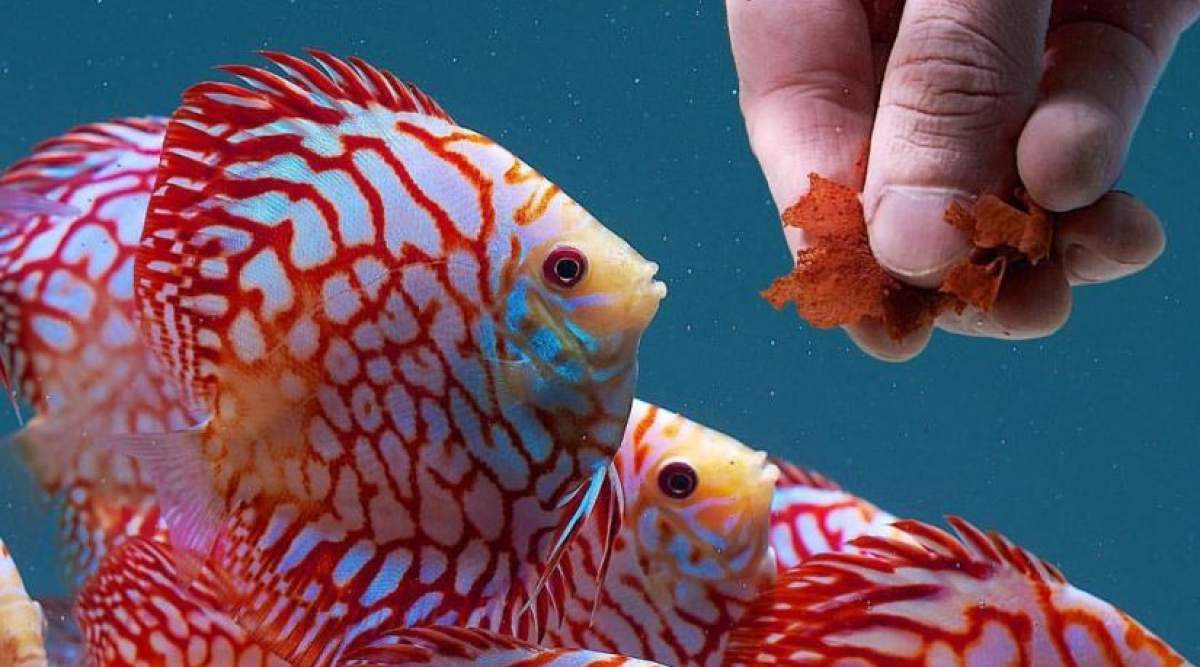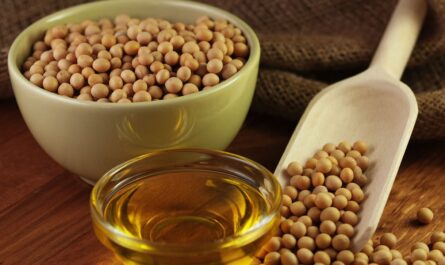The aquaculture industry has seen tremendous growth worldwide in order to meet the rising demand for fish and seafood. As wild catch declines, farmed seafood production plays an increasingly important role in global food supply. However, with the expansion of aquaculture comes new challenges that require innovative solutions. One such challenge is developing sustainable and cost-effective fish feeds. Rising demand has driven feed costs upwards, impacting farm profitability. At the same time, environmental concerns have grown around conventional floating fish feeds dispersing in water columns.
Sinking Fish Feed
To address these issues, a new generation of sinking fish feeds has recently been developed. Unlike traditional floating feeds, these innovative feeds are designed with dense formulations that allow them to quickly sink below water surfaces after being dispersed. The key benefit of Sinking Fish Feed is a more precise delivery of nutrients directly to the mouths of farmed fish. With sinking action, less feed is wasted as it does not float away or dispersing into surrounding waters. This translates to both economic and environmental advantages over conventional floating feeds.
Reduced Feed Wastage for Improved Economics
Feed costs often account for over half of total operating expenses on commercial fish farms. Any reduction in feed waste directly impacts the bottom line. Studies have estimated that up to 50% of floating feed particles can end up uneaten and dispersed into the environment. In contrast, sinking feeds were found to achieve feed conversion ratios 10-30% better due to decreased wastage. The dense formulations promote rapid sinking below surface waters where feeds are then targeted by cultivated fish. Less is lost to uneaten leftovers, spillage or diffusion away from net pens/cages. This directly cuts feed usage and importantly, feed costs on farms.
Environmental Benefits of Minimal Feed Dispersion
Beyond economic drivers, sinking feeds also help address growing ecosystem concerns with conventional floating feeds. Excess feeds leaching beyond net pens have raised issues such as algal blooms, benthic impacts, and dissolved nutrients impacting water quality. The dispersion of uneaten feed particles was shown to carry risks of local pollution and eutrophication. In comparison, sinking feeds minimize feed dispersal by delivering nutrients precisely to mouths of farmed fish instead of water columns. Studies found up to 75% reduction in environmental discharges from adoption of sinking feeds. This greatly reduces aquatic impacts from nutrient rich wastes compared to floating feed analogues.
Special Design and Composition of Sinking Feeds
The challenge with developing sinking fish feeds was achieving balanced nutrition, palatability and rate of sinking through specialized formulations and processing. Early prototypes sank too rapidly, bypassing fish accessibility. Feed manufactures overcame this through experimentation with ingredient types, particle size and density modifications. Key aspects of sinking feed design include:
– Composition with high amounts of fish/krill meals along with binding additives provide density for rapid sinking.
– Careful sizing of 1-3mm pellets balances fast sinking with fish targeting ability.
– Coating pellets in fish oils or plant extracts enhances palatability for feed consumption.
– Sinking rates of 1-3 meters/minute ensure accessibility while avoiding floating tendencies.
– Nutritional profiling matches requirements of target fish species.
Adoption Across Global Aquaculture
Leading the developments, Norwegian fish feed producers pioneered commercial Sinking Fish Feed lines in early 2000s. Demonstrating clear advantages, their usage spread rapidly globally within a decade across salmon, shrimp and marine fish farming. Major feed brands now offer sinking varieties of popular fish meal/soy based formulations. Some estimates show over Norwegian farmed salmon now fed specialized sinking diets. Similarly in Asia, sinking feeds achieved shares for shrimp culture industries. Their penetration into new species and global markets continues to expand sustainability of aquaculture worldwide.
The innovative introduction of sinking fish feeds have helped address important challenges confronting the rapidly growing aquaculture sector. By precisely delivering balanced nutrition directly to target species, sinking feeds have provided clear economic and environmental benefits compared to conventional floating feeds. Their specialized design and proven reductions in feed wastage and dispersion have driven large scale global adoption. Looking ahead, sinking feeds will play a key role in further improving sustainability and profitability of aquaculture as production expands to meet rising worldwide demand for farmed fish and seafood.
*Note:
1. Source: Coherent Market Insights, Public sources, Desk research
2. We have leveraged AI tools to mine information and compile it



